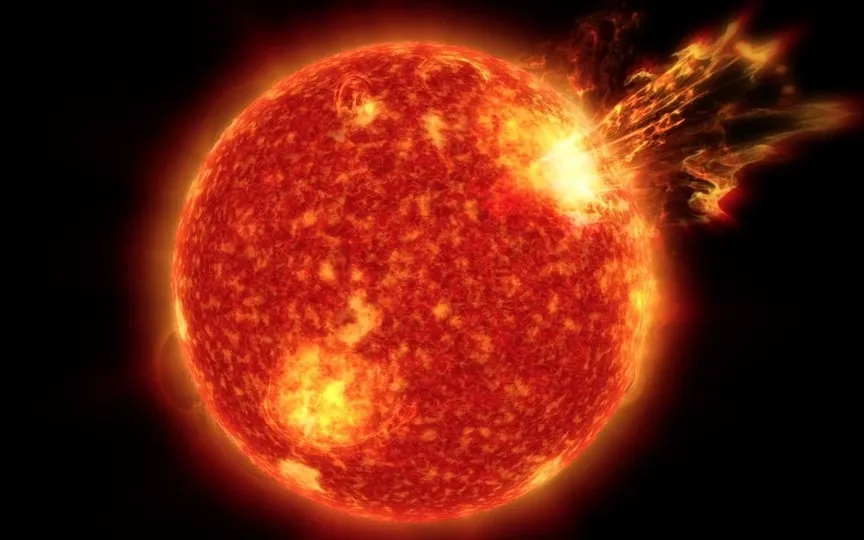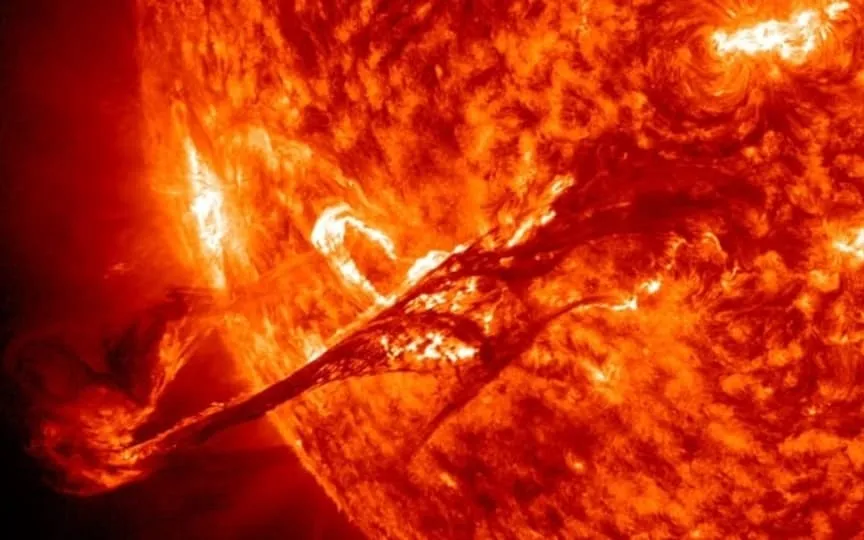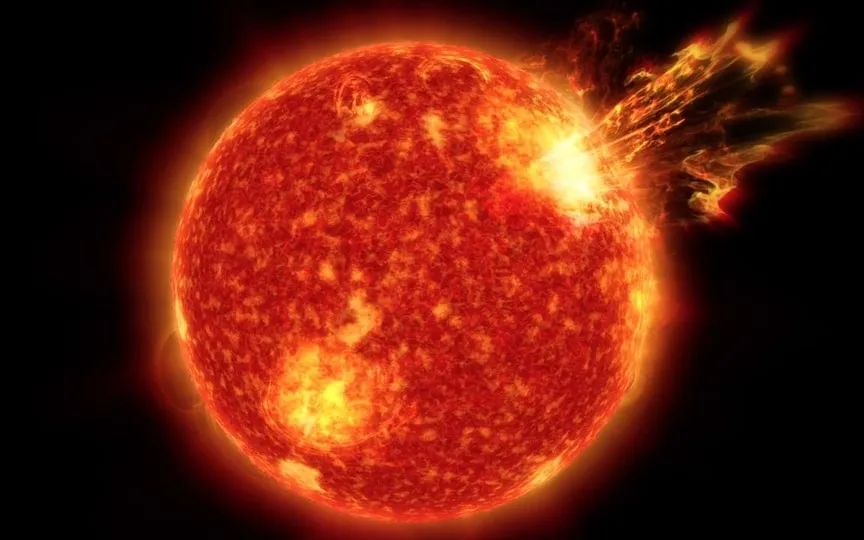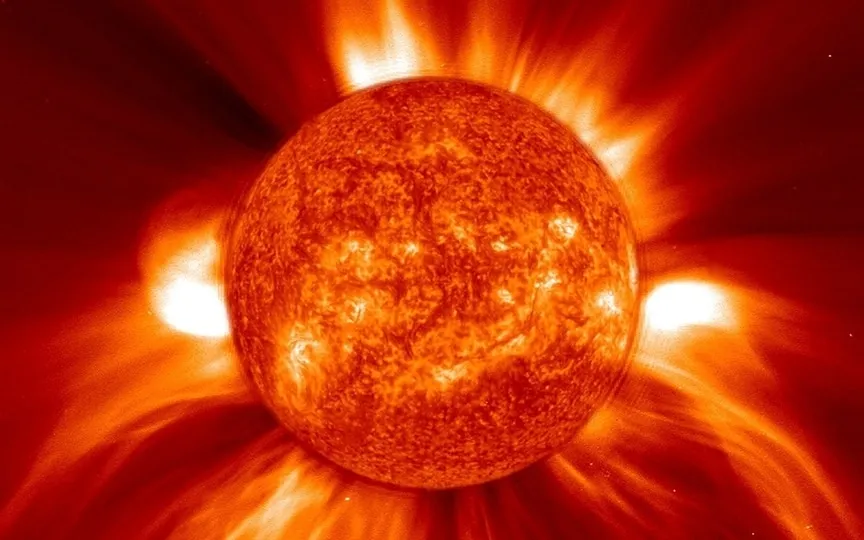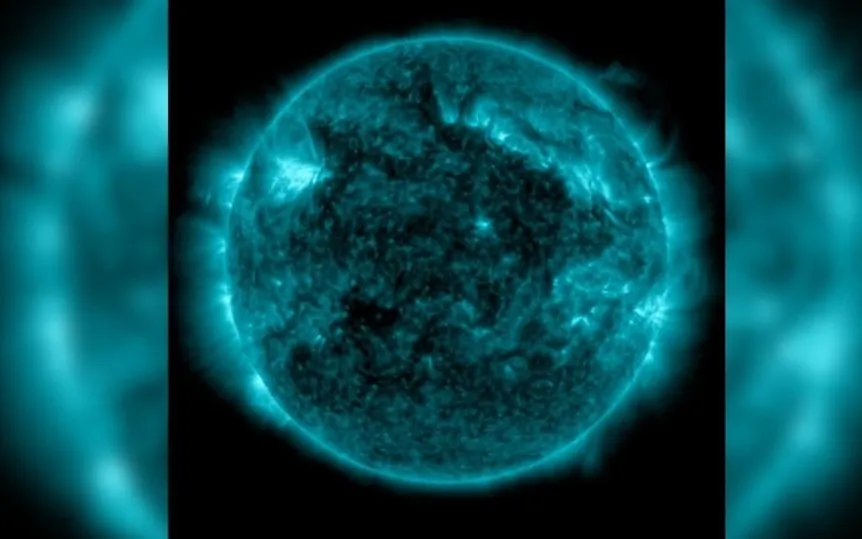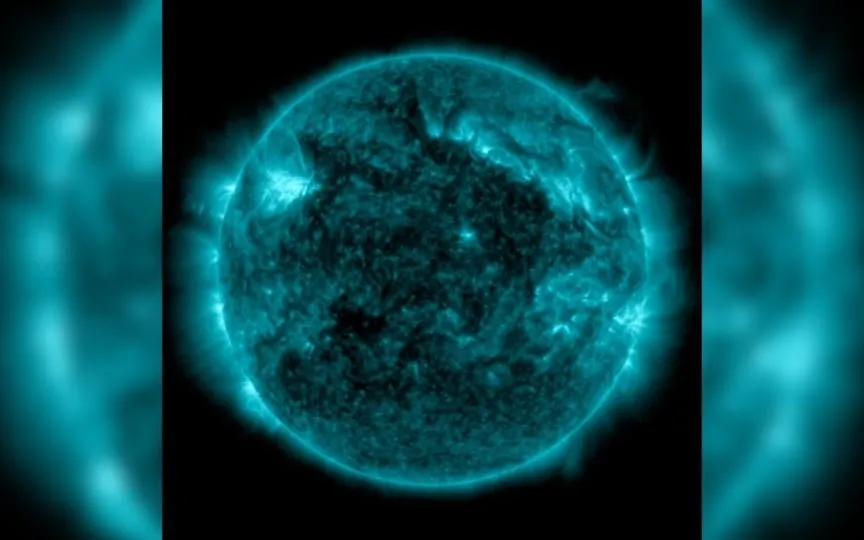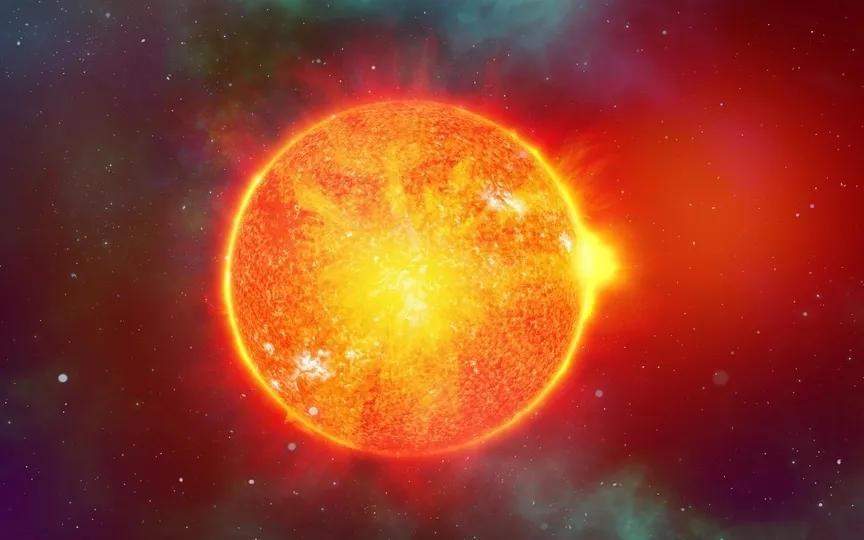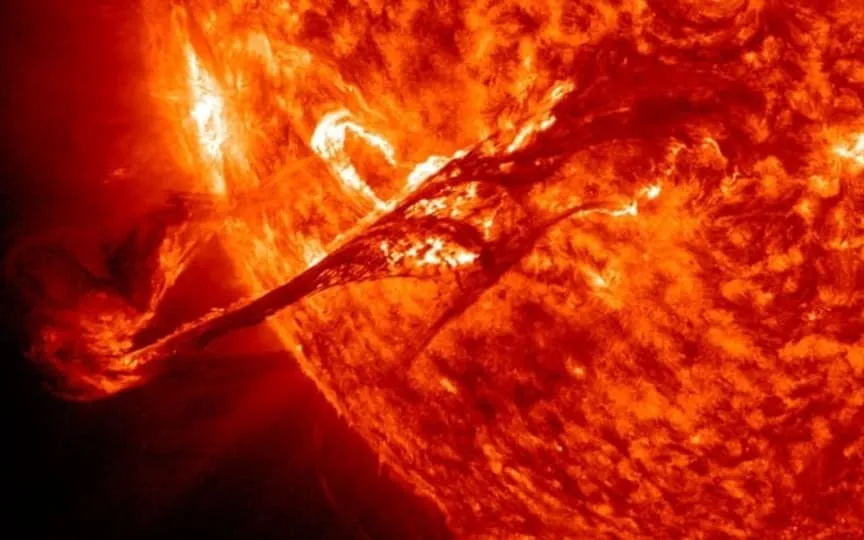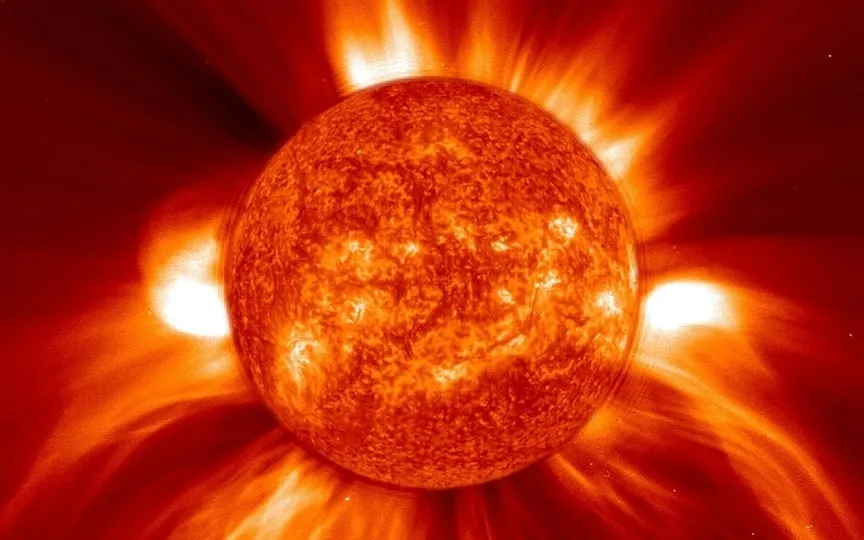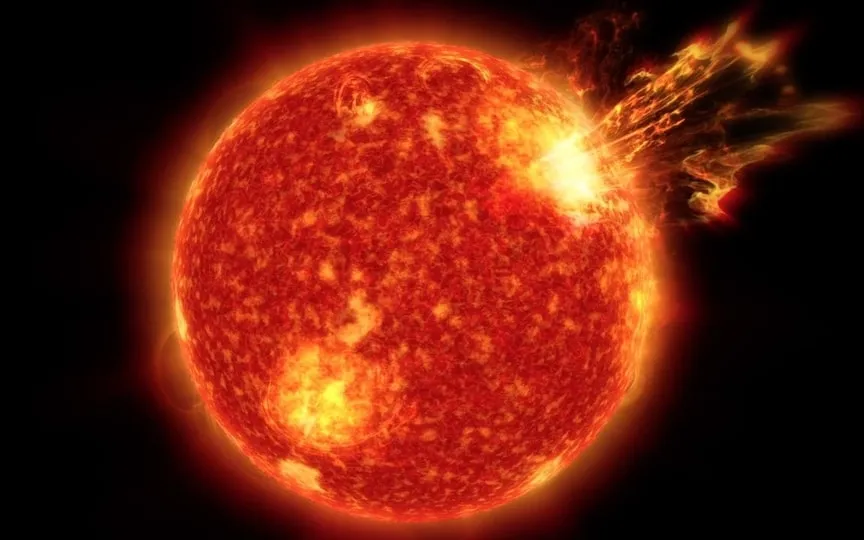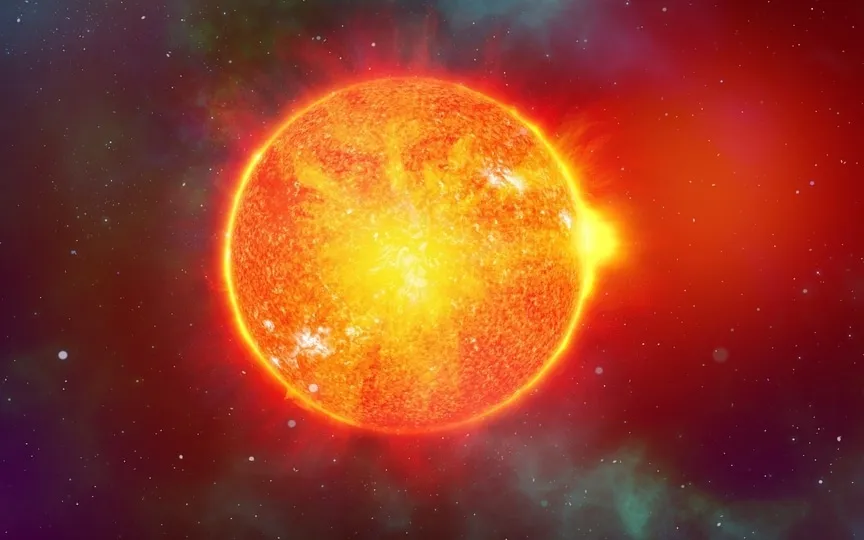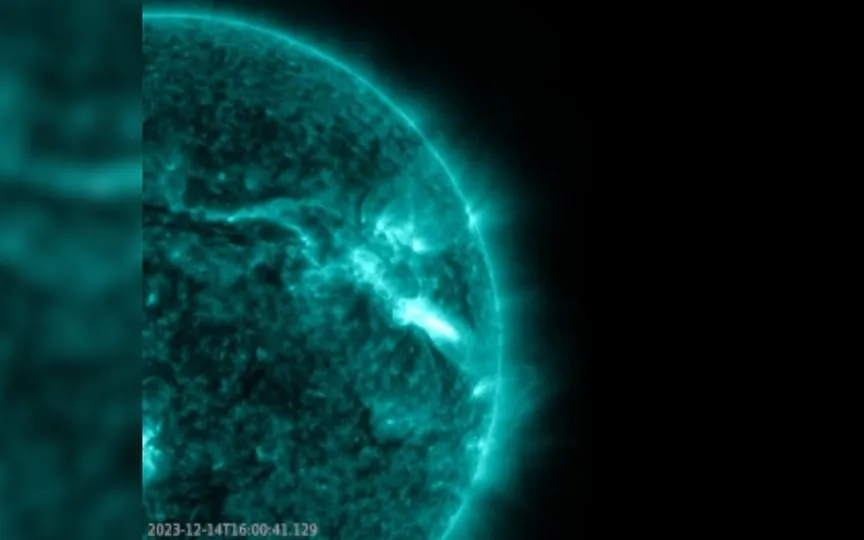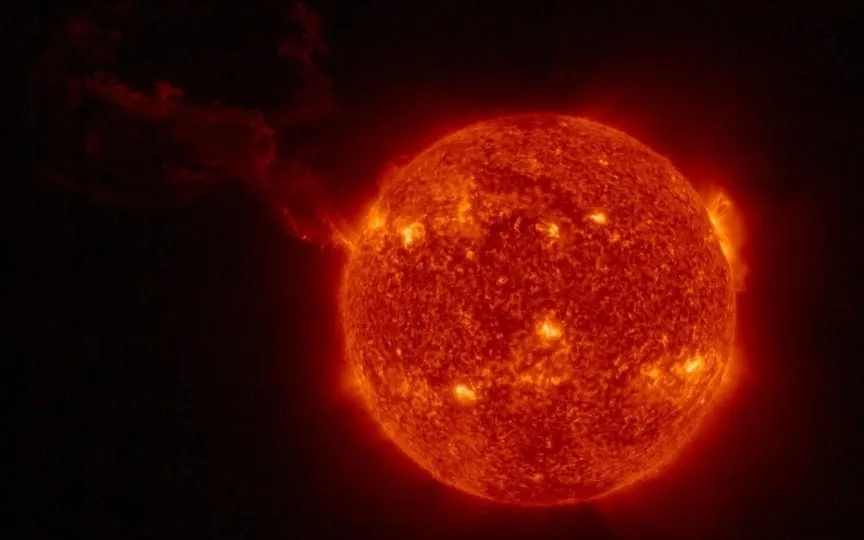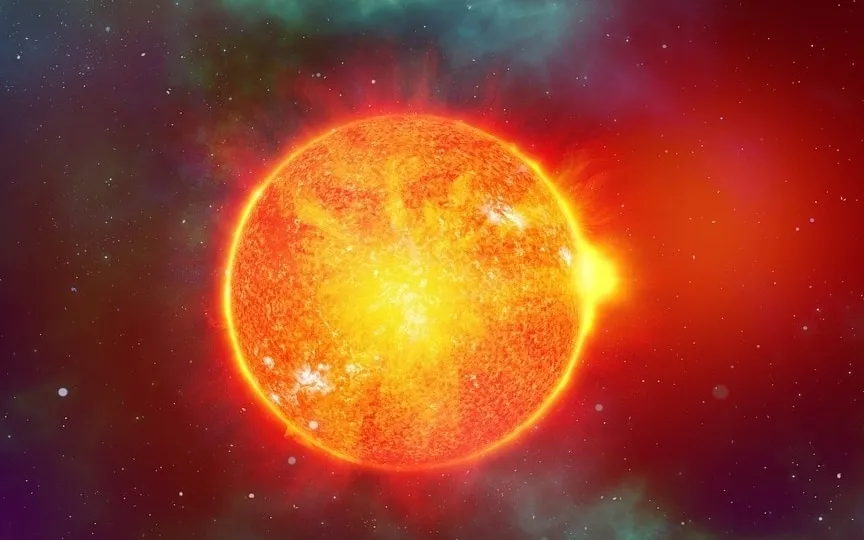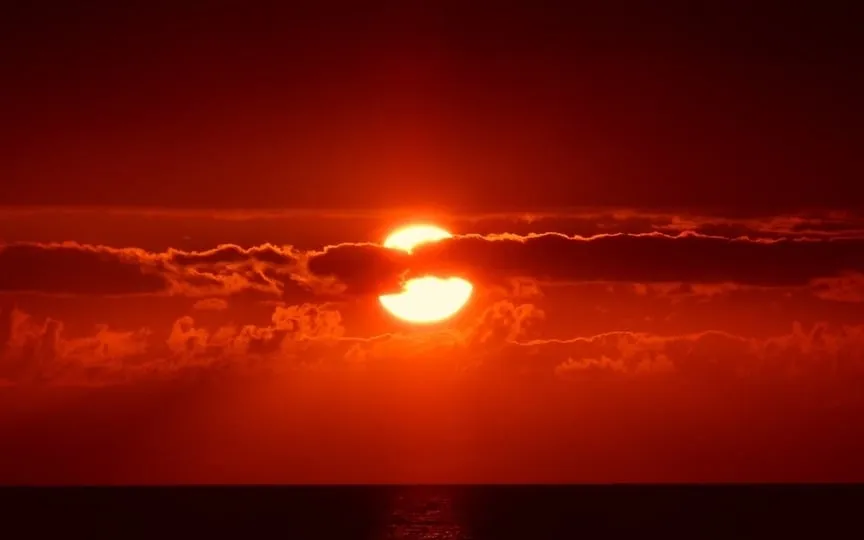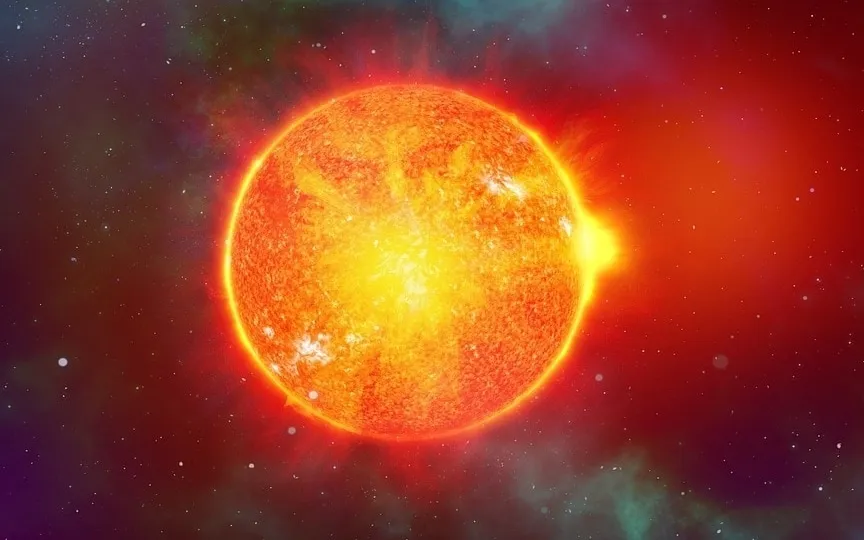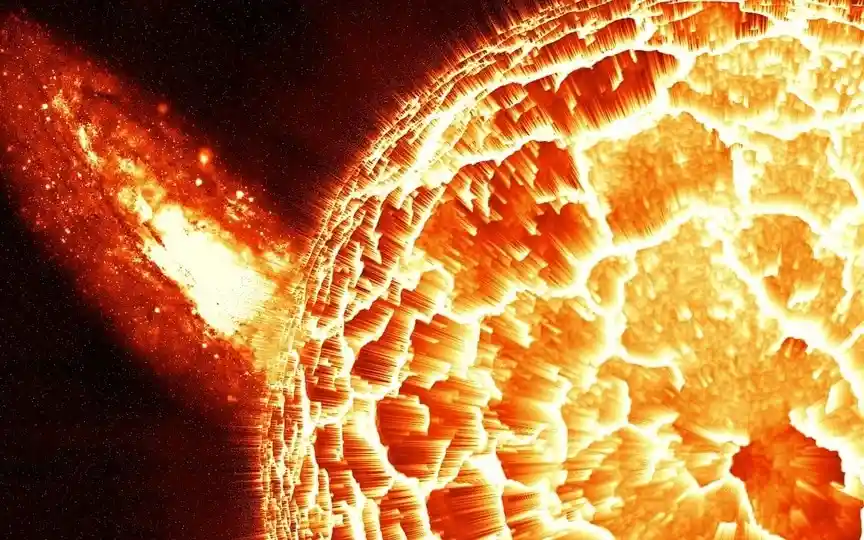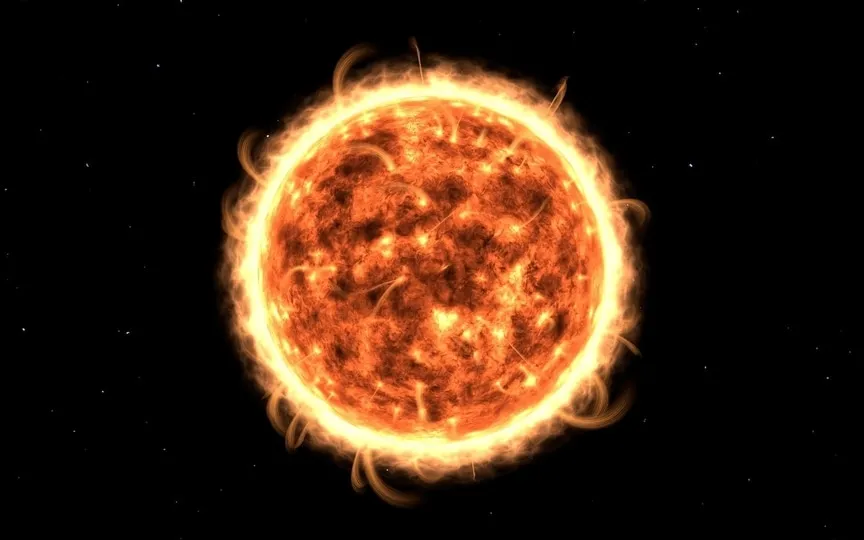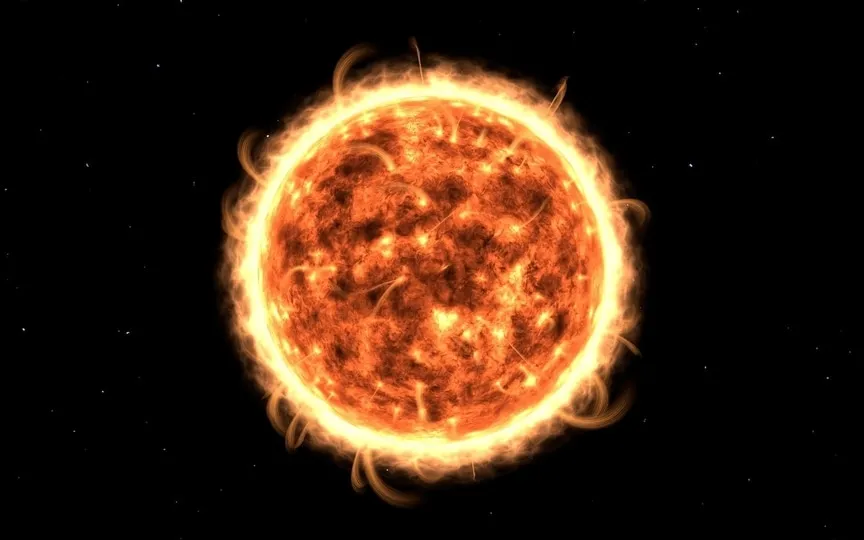Alert: X-class solar flare causes radio blackout over Pacific Ocean as solar storm approaches Earth
In recent days, the threat of a geomagnetic storm affecting Earth has been on the rise. This comes shortly after the planet experienced its most powerful solar storm since 2017, resulting in a 9-hour-long geomagnetic storm. The Sun has become more unpredictable in recent months as solar cycle 25 approaches its peak. With this peak approaching, NASA predicts an increase in solar phenomena such as solar particles, CMEs, solar flares, solar storms, and geomagnetic storms in terms of both frequency and intensity. NASA has now reported that a recent solar…
Read More
